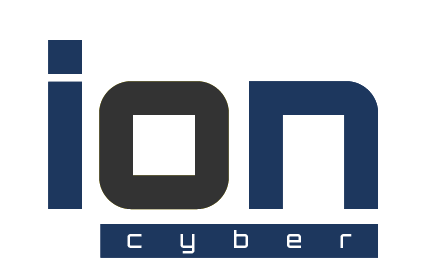Quick Reference
Understanding the ACSC Information Security Manual (ISM)
Comprehensive Guidance for Cybersecurity
The Australian Government Information Security Manual (ISM) stands as a crucial cornerstone in the realm of cybersecurity, providing comprehensive guidance to organisations aiming to safeguard sensitive information and digital assets. In this article, we delve into the essence of the ISM, its significance, and the invaluable guidance it offers to bolster cybersecurity measures.
What is the ISM?
The ISM, developed and maintained by the Australian Cyber Security Centre (ACSC), is a definitive resource for both government agencies and private sector organisations that support government functions. Its primary objective is to provide detailed guidance on information security controls and practices, ensuring that systems, data, and information remain well-protected from the evolving landscape of cyber threats.
Significance of the ISM
The ISM is not merely a document; it is a strategic approach to maintaining the integrity, confidentiality, and availability of information and technology assets. Its significance lies in its ability to:
- Establish Best Practices: The ISM outlines best practices, controls, and security measures that align with international standards, ensuring organisations adopt proven methodologies.
- Address Diverse Risks: From cyber threats to physical security, the ISM covers a wide spectrum of risks that organisations need to address to maintain robust security.
- Adapt to Emerging Threats: The ISM evolves to address emerging cyber threats, ensuring that organisations stay ahead of the curve in an ever-changing threat landscape.
- Support Compliance: Organisations that adhere to the ISM demonstrate a commitment to cybersecurity excellence and often align with regulatory compliance requirements.
Guidance Provided by the ISM
The ISM offers detailed and practical guidance across various domains of cybersecurity. Here’s a summary of some key areas covered by the ISM:
- Risk Management:
- Guidance on conducting risk assessments and determining risk tolerances.
- Steps to identify, assess, and manage risks effectively.
- Information Security Governance:
- Establishing information security roles and responsibilities.
- Developing information security policies and procedures.
- Access Control:
- Guidance on managing user access and authorisation.
- Recommendations for implementing robust access controls.
- Incident Response:
- Establishing an incident response plan and team.
- Guidelines for detecting, reporting, and responding to cybersecurity incidents.
- Secure Design and Development:
- Best practices for designing and developing secure software applications.
- Secure coding guidelines and methodologies.
- Physical Security:
- Recommendations for securing physical premises and assets.
- Guidelines for managing physical access controls.
- Cloud Security:
- Guidance on assessing and managing risks associated with cloud services.
- Security considerations for adopting cloud technologies.
- Third-Party Management:
- Guidelines for managing security risks associated with third-party vendors.
- Best practices for assessing and monitoring vendor security.
The ISM is not just a static document; it’s a living framework that adapts to the evolving threat landscape and emerging technologies. Its guidance empowers organiSations to develop robust cybersecurity strategies, build resilient infrastructures, and protect critical information from cyber threats.
Incorporating the principles and guidance provided by the ISM into your organisation’s cybersecurity strategy can result in a stronger security posture, better risk management, and enhanced trust in the digital realm.
Secure Your Future with ISM. Your Guide to Comprehensive Cybersecurity.

